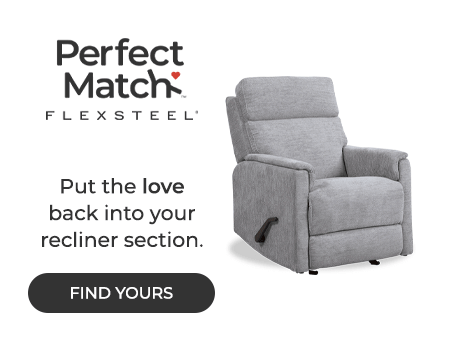Many of these improvements cost consumers thousands of dollars, thus potentially delaying spending on things like furniture
HIGH POINT — Stating the obvious, owning a home is an expensive proposition for everyone regardless of income level, age, race or political persuasion.
And it’s expensive for new and existing homeowners alike when you consider the many things in a home competing for the consumer’s dollar.
Of course in this industry, we like to believe that furniture is the most important consideration and for many it is. Based on our latest round of consumer research published just before the spring High Point Market, furniture was the No. 1 planned purchase during the first year for those moving into a new home.
But what about beyond that? We would like to think that furniture upgrades remain a priority purchase past year one as not everything needs to be upgraded or purchased at once. Mattresses, as we know, remain a priority based not only on getting a good night’s sleep, but other short- and long-term health benefits, too.
The other things, like bedroom, dining and even office furniture, can be put off to some degree as they are generally off limits in relation to living room furniture including sofas, sectionals, occasional furniture and home entertainment.
By themselves, these purchases can take up a large part of consumers’ disposable income. Yet other high-cost durable goods also are part of the equation as we were reminded thanks to a host of emails we’ve received earlier this past spring celebrating home improvement as a way to protect and enhance one’s biggest investment.
That includes a survey from home repair specialist Cinch Home Services citing the most-sought-after appliances for most of the U.S. The data was based on Google search data it analyzed — nationwide and by state — for calendar year 2024, the latest full year for which figures were available.
The No. 1 item as many might guess was an air conditioner, probably one of the largest single expenditures on the list given how many consumers replace their HVAC system when deciding on a repair or upgrade.
This was followed by a furnace and water heater, then a refrigerator and washing machine. Next in order within the Top 10 highest-demand appliances were a television, a clothes dryer, a dishwasher, a vacuum cleaner and garbage disposal. According to the firm, these 10 items accounted for more than 90% of national searches, meaning they are some of the biggest-ticket items competing for furniture purchases.

Other popular purchases, particularly for the kitchen, were a microwave oven, a wall oven, a kitchen stove and a freezer, to name several. Fans and dehumidifiers were among the most sought for other rooms in the home including the living room and bedroom.

Yet unlike replacing old or worn-out furniture or mattresses, the survey revealed that many consumers are opting for repairs as they can be much less expensive than replacing an entire appliance or unit. Thus, based again on Google search data, the most popular searches for repair services in order were AC repair, television repair, furnace repair, water heater and clothes washer and dryer repair.
Regarding the findings, the firm noted that ACs and furnaces are often essentials in the hottest and coldest states and receive the most demand nationally including for repairs, given the cost of a new unit.
“At a time when many households are tightening their belts, it’s clear that households are prioritizing maintaining the biggest and most expensive appliances rather than making new purchases,” a spokesperson noted.
“ACs are the most important to repair, dominating the top keywords in 43 states. It can be stressful when an appliance breaks down suddenly, and repairs for big-ticket items like refrigerators can cost up to $1,500 on average. But having warranty coverage can help you feel assured knowing that you can keep your crucial home systems and appliances in working order if something breaks.”
Thus, it’s clear that furniture has plenty of competition as a spending priority. We’re just glad that it remains a top priority for most new homeowners and hope that continues moving forward as the need arises room by room.




